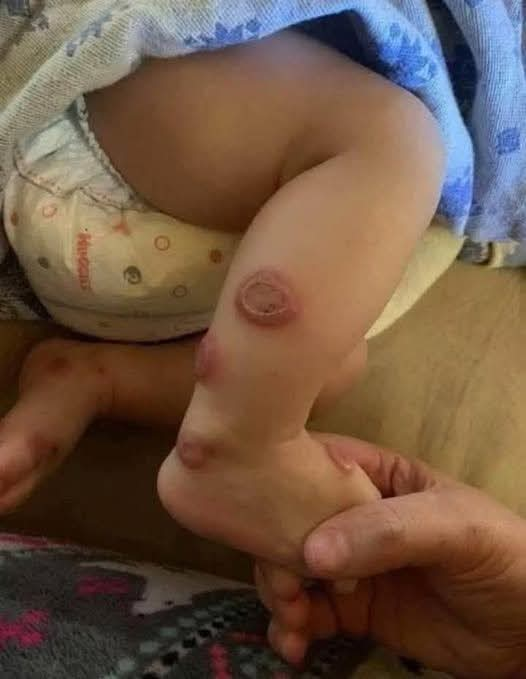Severe skin infections in children can be a frightening topic for parents, especially when symptoms are evident. It’s important to understand what these infections are, how they develop, and the warning signs that should prompt medical attention.

 What is a skin infection?
What is a skin infection?
A skin infection is the invasion of the skin by microorganisms, such as bacteria, viruses, or fungi. These infections can range in severity from minor irritations that heal on their own to severe cases requiring immediate medical attention. Children, due to their still-developing immune systems and natural curiosity, are more prone to these conditions.
Common causes of skin infections in children
Skin infections can be caused by a variety of factors. Some common causes include:
Cuts and scrapes: Open wounds can be a gateway for bacteria. Insect bites: Allergic reactions or the introduction of bacteria through bites can trigger infections. Skin conditions: Conditions such as eczema or dermatitis can make the skin more susceptible to infections. Poor hygiene: Lack of cleanliness can allow microorganisms to multiply on the skin.
 Signs and symptoms of a possible severe skin infection
Signs and symptoms of a possible severe skin infection
Identifying the symptoms of a possible severe skin infection is crucial for early action. Some signs that should be cause for concern include:
Redness: The affected skin may be visibly red and warm to the touch. Swelling: Swelling around the wound is an indication that something is not right. Drainage of pus: The presence of fluid or pus in the wound may indicate a bacterial infection. Fever: An increase in body temperature can be a sign that the body is fighting an infection. Persistent pain: The child may complain of pain in the affected area, indicating inflammation. What to do if you suspect a severe skin infection?
If you notice any of the symptoms mentioned above, it’s essential to act quickly. Here are some steps to follow:
Consult a healthcare professional: Never underestimate the possibility of an infection. A doctor can make a proper diagnosis. Do not attempt treatment at home: Although some home remedies may be helpful, it is preferable to have treatment handled by a medical professional. Monitor fever: If your child develops a high fever, seek medical attention immediately. Keep the wound clean: Avoid touching the wound with dirty hands and cover it if necessary to prevent contamination. Preventing skin infections in children
Although not all infections can be prevented, there are steps you can take to reduce your risk:
Teach good hygiene practices: Wash your child’s hands regularly and teach him or her not to touch his or her face or open wounds. Keep wounds clean: Clean any cuts or scrapes immediately and cover them properly. Wear appropriate clothing: Avoid having your child wear dirty or tight clothing that could cause friction and skin injuries. Supervise outdoor activities: Watch your child during play and physical activities to prevent injuries. Conclusion
Severe skin infections can be alarming, but with proper knowledge and timely care, they can be managed effectively. Parents should be alert to signs and symptoms and act quickly if an infection is suspected. Prevention, through education and good hygiene practices, can be the key to keeping your child’s skin healthy and protected.
Remember that if you have any questions about your child’s health, it’s always best to consult a healthcare professional for proper diagnosis and treatment.
